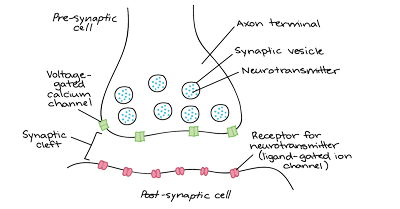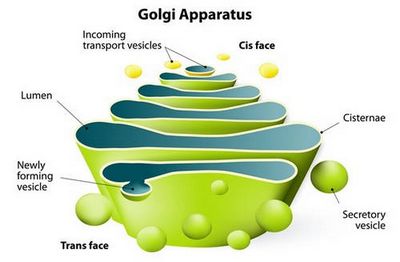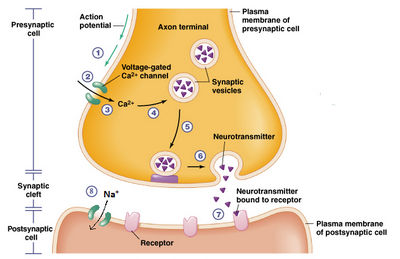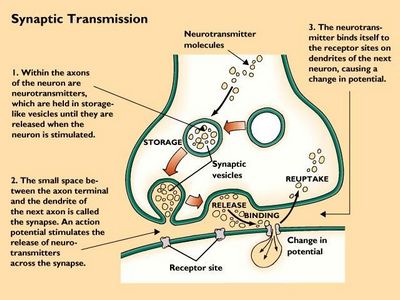In cell biology, a Vascular Cell Adhesion Molecule is a complex structure in or near a vessel, consisting of fluid or semisolidified cytoplasm surrounded by a thin lipid bilayer.

Vesicles are generally formed during the process of transportation, uptake and secretion of materials from the plasma membrane into the interior of a vessel.
The primary and main purposes of a vessel wall is to prevent the passage of solutes (solutes with an unpaired electron) through the vessel wall, while allowing the movement of fluid-filled pore spaces between cells in the vessel. Vessel wall materials may be soluble and have an unpaired electron (like water molecules and lipids), or insoluble in which the electron has an unpaired partner, like lipids and polysaccharides (like collagen and elastin). In terms of vascular biology, the purpose of the vesicles is to allow the movement of fluid-filled pore spaces in the vessel walls, as well as allowing the flow of solutes through the vessel walls.
In the cellular processes involved in the uptake of nutrients from the bloodstream into the cells, the nutrients (especially glucose) are transported to the cells via the transport channels called endocytosis. When nutrients do not reach the cells through the endocytic transport channels, the cells will synthesize their own ATP (adenosine triphosphate) from ADP and the energy provided by ATP. In this process, glycolysis is inhibited, causing a reduction in the production of fatty acids in the fat cells of the body. As a result, fatty acids become stored in the liver, pancreas, or adipose tissues, where they are used for the production of energy by glycolysis.
A vesicle, then, serves as a storage facility for fatty acids that have been obtained from the blood through the process of glycolysis and is responsible for the formation of the vascular cell adhesion molecule.

Vesicles that have already formed at the entrance of a vessel wall have the same molecular structure as the Vascular Adhesion Molecule.
The structure of the vesicle may be different in differentiating cell types, such as in those that make up the myocytes and macrophages, as well as in other cell types such as neurons. NADH (non-functional inducers) and in liver cells. HMG (functional inducers), although the general structure of the vesicle remains the same. In terms of cell metabolism, the function of the vesicles is to facilitate the movement of molecules into and out of the cell. They are important in the regulation of cell metabolism, and in the production of energy.
The action of vesicles is particularly important in the regulation of the exchange of glucose and fatty acids in the blood. A Vascular Adhesion Molecule in a vessel may either directly or indirectly affect the action of an enzyme (glycolysis inhibitor) responsible for glycolysis, in the absence of glycolysis inhibitors.

In addition, vesicles are important in the production of ATP and glycosaminoglycan (glycolytic intermediate) enzymes, which are important in the maintenance of the metabolic balance in the cell. For example, glycosaminoglycan is one of the main intermediates in glycolysis, acting as a carrier in glycolysis between glycerol and glycogen.
Vesicles play a critical role in the regulation of cellular metabolism by interacting with cell receptor molecules, which then activate the vesicles to move in accordance with the need of the cell and to release glucose from the blood into the cell for energy. They also have an important role in the regulation of the exchange of glycosaminoglycan between glycerol and glycogen, acting as one of the first stop for the exchange. for the glycosaminoglycan.
Because of their important roles in the regulation of cell metabolism, they are important in the treatment of diabetes, obesity and other conditions related to carbohydrate imbalance. They play an important role in cell regeneration after injury and disease, and in cell repair and maintenance after stress. They also play an important role in cell migration.

They have been identified as being essential for normal cell division in the bone marrow and in the intestinal lining.
It has been shown that in the absence of glycolysis, vesicles are inactive. In this state they can be used to promote glycolysis in a process called glycolysis-genesis. When glycolysis is active, vesicles are actively involved in the process by secreting glycogen.
In the liver, vesicles are found in bilipilipule-containing vesicles in the membrane-bound vesicles in the liver. In the kidney, they form microvasculature in the kidney tubules. These vesicles secrete insulin to stimulate glucose uptake and glucose metabolism and they are important in the regulation of glucose homeostasis. In the kidney, they act as carriers for calcium and potassium in the kidneys.